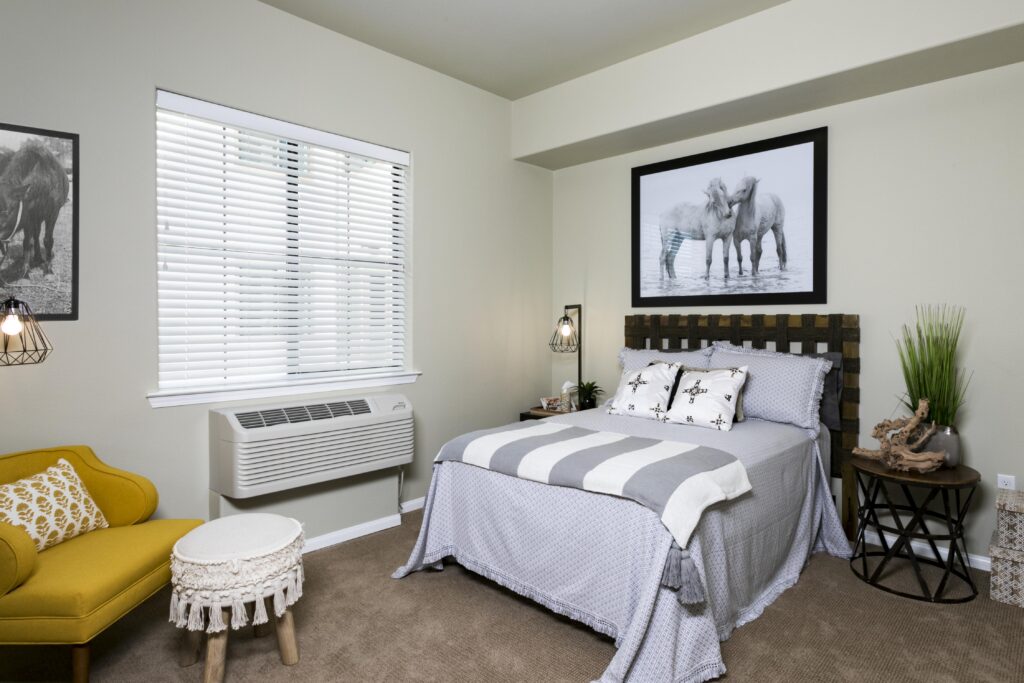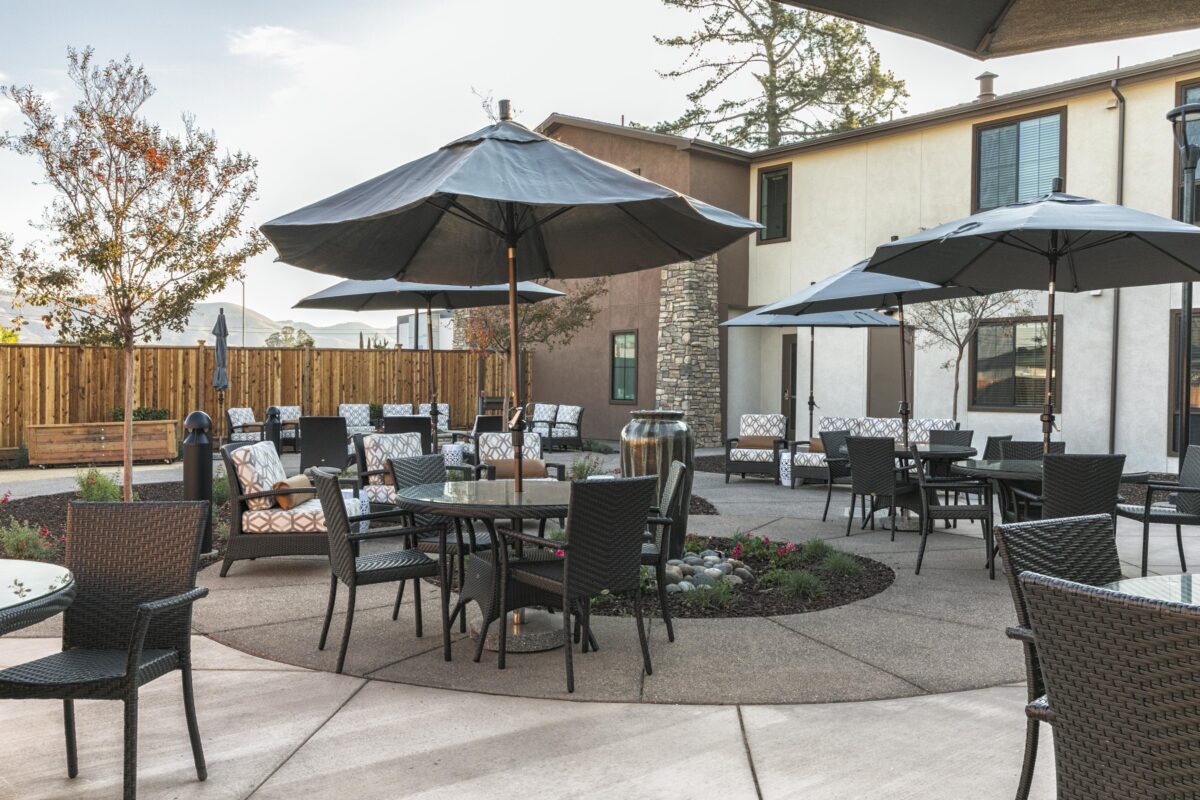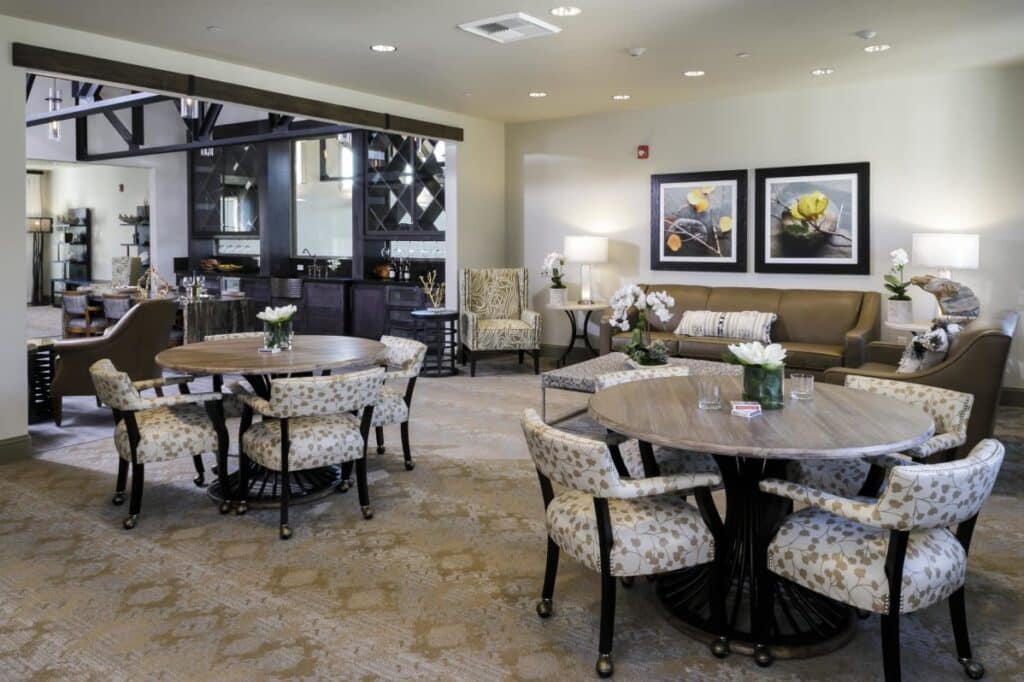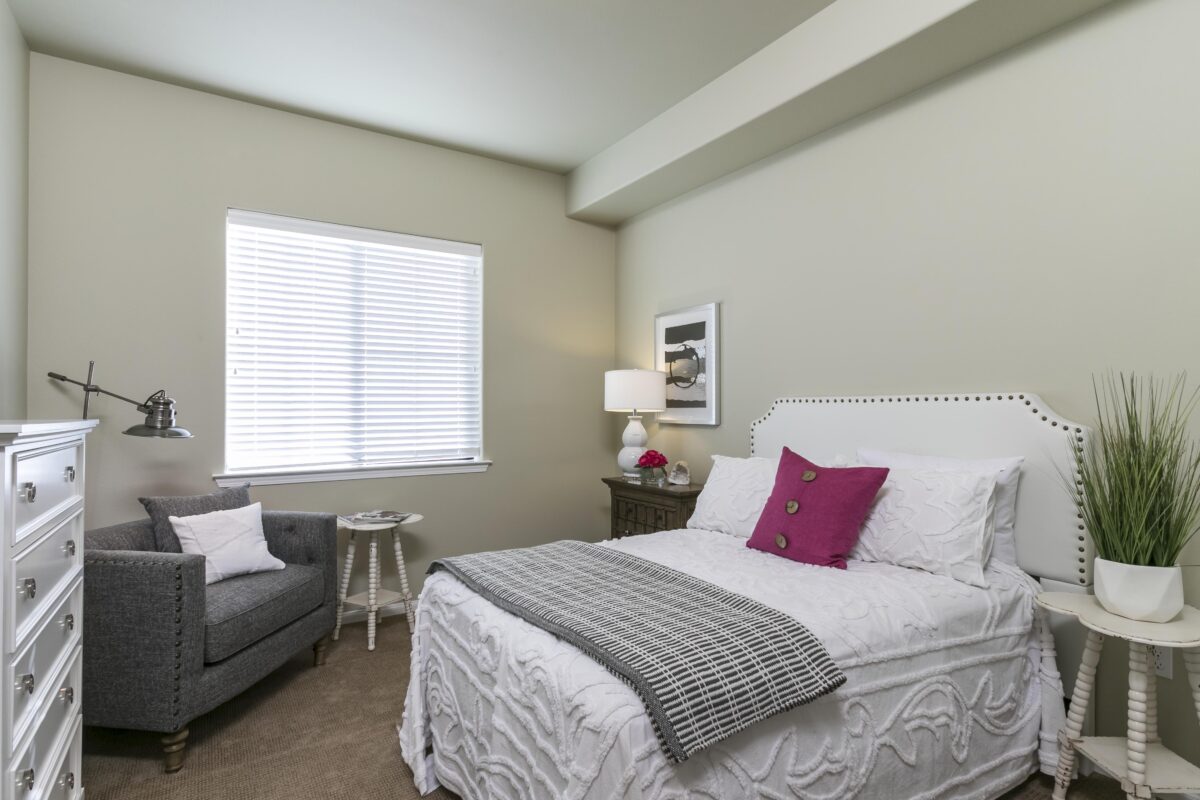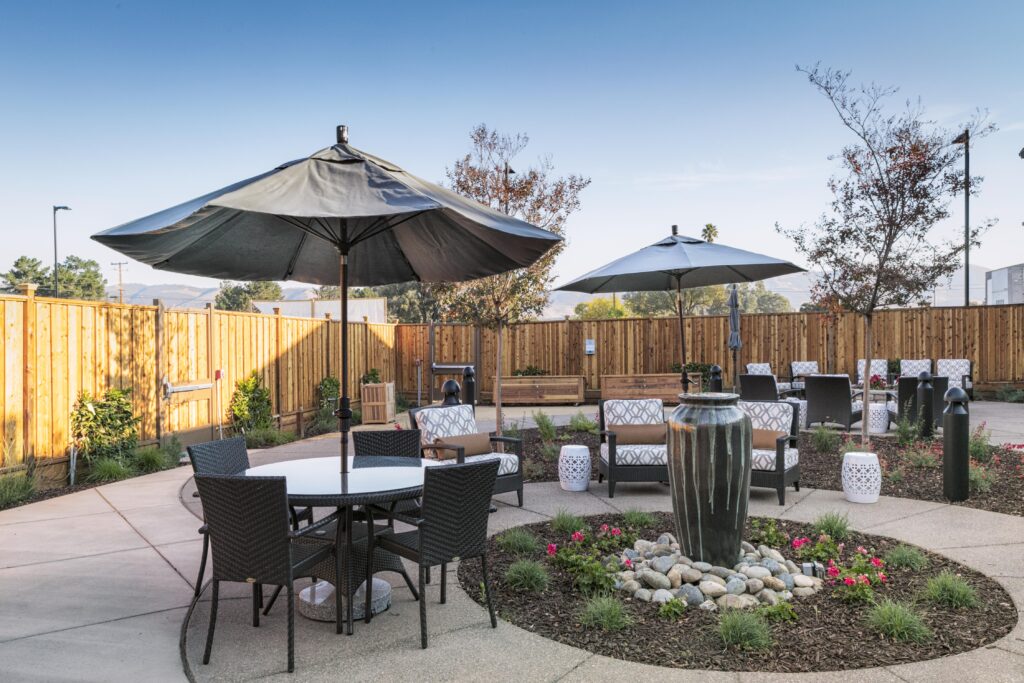Exploring Memory Care Nipomo CA: An Essential Guide
Exploring Memory Care Nipomo CA: Essential Guide
If you’re looking for the right memory care option in Nipomo, CA, you know how challenging this journey can be.
Finding a supportive environment where your loved one can thrive is essential. The Oaks at Nipomo offers specialized services that cater to individual needs, ensuring a nurturing atmosphere.
As you explore these options, it’s essential to understand what makes each community unique and how The Oaks at Nipomo can enhance the quality of life for your family members.
Expert Memory Care in Nipomo, CA – A Nurturing Community for Your Family
When finding the right place for your loved one with memory challenges, you want a nurturing community that truly understands their needs. In Nipomo, you’ll discover expert memory care that emphasizes personalized care tailored to each individual’s unique journey. Skilled caregivers focus on fostering community engagement, ensuring your loved one feels connected and valued.
This supportive environment enhances their quality of life and eases the burden on their family. Activities and social interactions are thoughtfully designed to stimulate their minds and promote well-being. You can trust that your loved one will receive compassionate support, allowing you to enjoy peace of mind knowing they’re thriving in a warm, understanding community. Additionally, the community offers a structured environment that helps reduce anxiety and confusion, further promoting security and comfort for residents.
Westmont Living: A Leader in Senior Living & Memory Care
Choosing the right senior living and memory care community is essential for ensuring your loved one receives the support they need. Westmont Living stands out as a leader in this field, offering a nurturing environment tailored to enhance seniors’ quality of life.
With a strong emphasis on personalized care, Westmont Living integrates senior resources that promote active engagement and social interaction. Their dedicated staff understands families’ unique challenges and is committed to providing compassionate support. The beautiful surroundings in Nipomo further enrich the living experience, ensuring your loved one feels comfortable and at home. When considering memory care, Westmont Living could be the compassionate choice your family deserves. Additionally, their commitment to emotional well-being ensures that residents receive the holistic care necessary for a fulfilling life.
What Is Memory Care? Understanding the Benefits
Memory care is a specialized form of assisted living designed to support individuals with Alzheimer’s disease and other forms of dementia. It focuses on creating a secure, nurturing environment where residents receive tailored cognitive support.
In memory care, trained caregivers understand the unique challenges faced by those with memory impairments. They provide personalized assistance that fosters independence while ensuring safety. The benefits extend beyond physical care; residents engage in social activities that promote mental stimulation and emotional well-being. You’ll find compassionate staff dedicated to enhancing the quality of life for each individual, offering peace of mind for families.
By choosing memory care, you invest in a supportive community that values dignity, respect, and meaningful connections. These communities also offer personalized care plans that evolve with residents’ changing needs, ensuring that each person receives the most appropriate support.
Why Choose Memory Care in Nipomo, CA?
Finding the right memory care option can feel overwhelming, especially considering your loved one’s unique needs. Choosing memory care in Nipomo, CA, means selecting a community that prioritizes personalized support tailored to individual needs. Here, trained professionals understand the complexities of memory-related conditions and provide compassionate care that fosters dignity and respect.
Moreover, this community emphasizes community engagement, encouraging residents to participate in activities that enhance their social connections and well-being. The beautiful surroundings of Nipomo, along with its focus on an active lifestyle, create an inviting atmosphere. By choosing memory care in Nipomo, you’re ensuring safety and nurturing your loved one’s emotional and social needs in a supportive environment. Personalized music therapy can play a significant role in preserving and stimulating memory through musical connections.

Benefits of a Specialized Memory Care Facility
While maneuvering the complexities of memory care, you’ll discover that a specialized facility offers tailored support designed to meet the unique needs of individuals with dementia and Alzheimer’s. These environments focus on personalized care, ensuring that each resident receives attention that aligns with their specific challenges and preferences. You’ll find that specialized memory care facilities often promote social engagement, allowing residents to connect with others through activities and shared experiences.
This connection helps combat feelings of isolation, fostering community and belonging. Additionally, trained staff members can effectively manage behavioral challenges, enhancing safety and comfort. Ultimately, these benefits contribute to a higher quality of life for your loved ones, giving you peace of mind.
Finding the right memory care option in Nipomo, CA, can feel overwhelming, but remember, “It takes a village.” By choosing a specialized facility like The Oaks at Nipomo, you’re not just securing a safe environment for your loved one; you’re providing them with a nurturing community that fosters growth and engagement. With dedicated professionals focused on individual needs, your family members can thrive and maintain their quality of life. Trust in the journey, and know you’re making a meaningful choice for their future. You can reach The Oaks at Nipomo at (805) 723-5206 for more information.
Frequently Asked Questions
What is the average cost of a memory care unit?
The average cost of a memory care unit varies depending on location, services provided, and facility amenities. In the United States, the monthly cost typically ranges between $4,000 and $8,000, with some areas exceeding this range. Memory care is often more expensive than traditional assisted living due to specialized staff training, increased security, and structured daily activities tailored for individuals with cognitive decline. Some costs may be offset by long-term care insurance, Medicaid, or veteran benefits, depending on eligibility. It’s best to check with specific facilities for detailed pricing and available financial assistance options.
Who qualifies for a memory care facility?
Individuals with Alzheimer’s disease, dementia, or other cognitive impairments that impact their daily living may qualify for memory care. Most facilities assess residents based on their need for assistance with medication management, personal care, and safety monitoring. Those experiencing frequent confusion, wandering, or behavioral challenges may also benefit from the structured support of a memory care environment. Some facilities may have specific admission criteria based on the progression of cognitive decline. Families should consult with healthcare providers and memory care communities to determine the best fit for their loved one’s needs.
What is the difference between memory care and dementia care?
Memory care is a specialized type of senior living designed specifically for individuals with dementia, including Alzheimer’s disease and related conditions. It provides structured routines, enhanced security, and staff trained to support cognitive impairments. Dementia care, however, is a broader term encompassing various care options, including home care, assisted living, and skilled nursing, depending on the severity of symptoms. While memory care facilities are dedicated to individuals with dementia, other senior living communities may offer dementia care services within a more general setting. The key difference lies in specialized support and security tailored to cognitive decline.
What is the average length of stay in a memory care facility?
The average length of stay in a memory care facility varies depending on the individual’s condition and level of care required. Typically, residents stay between two to three years, but this can be shorter or longer based on disease progression and personal circumstances. Some individuals transition into memory care at earlier stages of dementia and may remain for several years, while others may require skilled nursing or hospice care as their condition advances. Factors such as overall health, mobility, and family involvement also influence the length of stay. Families should plan for flexibility, as dementia-related needs often change over time.







